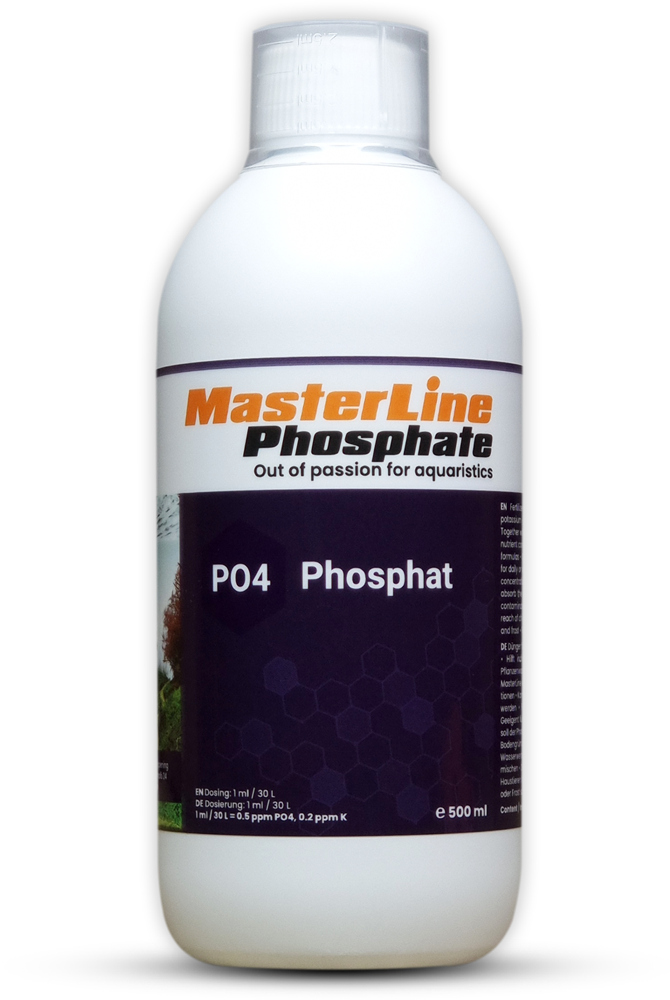EASY-LIFE NITRO 250ml – Nitrate Supplement for Nitrogen-Deficient Planted Aquariums
Easy-Life Nitro 250ml is a concentrated liquid nitrate (NO₃⁻) supplement designed to restore nitrogen levels in planted freshwater aquariums with low bioload and high lighting. In such systems, plants rapidly absorb available nutrients, which can lead to nitrate deficiencies that slow down growth and trigger algae blooms. Nitro provides a safe, phosphate-free nitrogen source that supports healthy plant development and prevents sugar excretion, which often stimulates algae spore growth.
Formulated to work in tandem with Easy-Life Fosfo, Nitro helps maintain an optimal nitrate-to-phosphate ratio based on the Redfield-ratio. This nutrient balance is a core concept of the “Golden Triangle” in aquascaping—light, CO₂, and nutrients—where each element must be in harmony for ideal plant growth and algae prevention. Nitro is ideal for tanks with fast-growing plants like Vallisneria, Hygrophila, or Rotala, ensuring consistent access to nitrogen for lush, algae-free vegetation.
Main features:
-
Restores nitrate levels in nitrogen-deficient tanks
-
Phosphate-free formula, safe for tank balance
-
Balances NO₃/PO₄ ratio per Redfield-ratio guidelines
-
Supports the Golden Triangle: light-nutrients-CO₂
-
Promotes vigorous, algae-free plant growth
-
Ideal for low-stock, high-light aquariums
-
Prevents sugar release and plant growth block
-
Fully soluble and easy to dose precisely
Recommended dosage:
-
10 ml per 500 liters raises NO₃ by 2.0 ppm and K by 1.3 ppm
-
Adjust according to plant needs and measured levels
-
Combine with Easy-Life Fosfo to fine-tune nitrate/phosphate balance
Why choose Easy-Life Nitro 250ml:
Easy-Life Nitro 250ml is the perfect solution for planted tank keepers aiming to prevent nitrogen deficiencies and encourage strong plant growth. By safely increasing nitrate levels without adding phosphate, Nitro helps maintain nutrient balance, avoids algal outbreaks, and ensures optimal health and color in aquatic plants.



 English
English  Italiano
Italiano 






